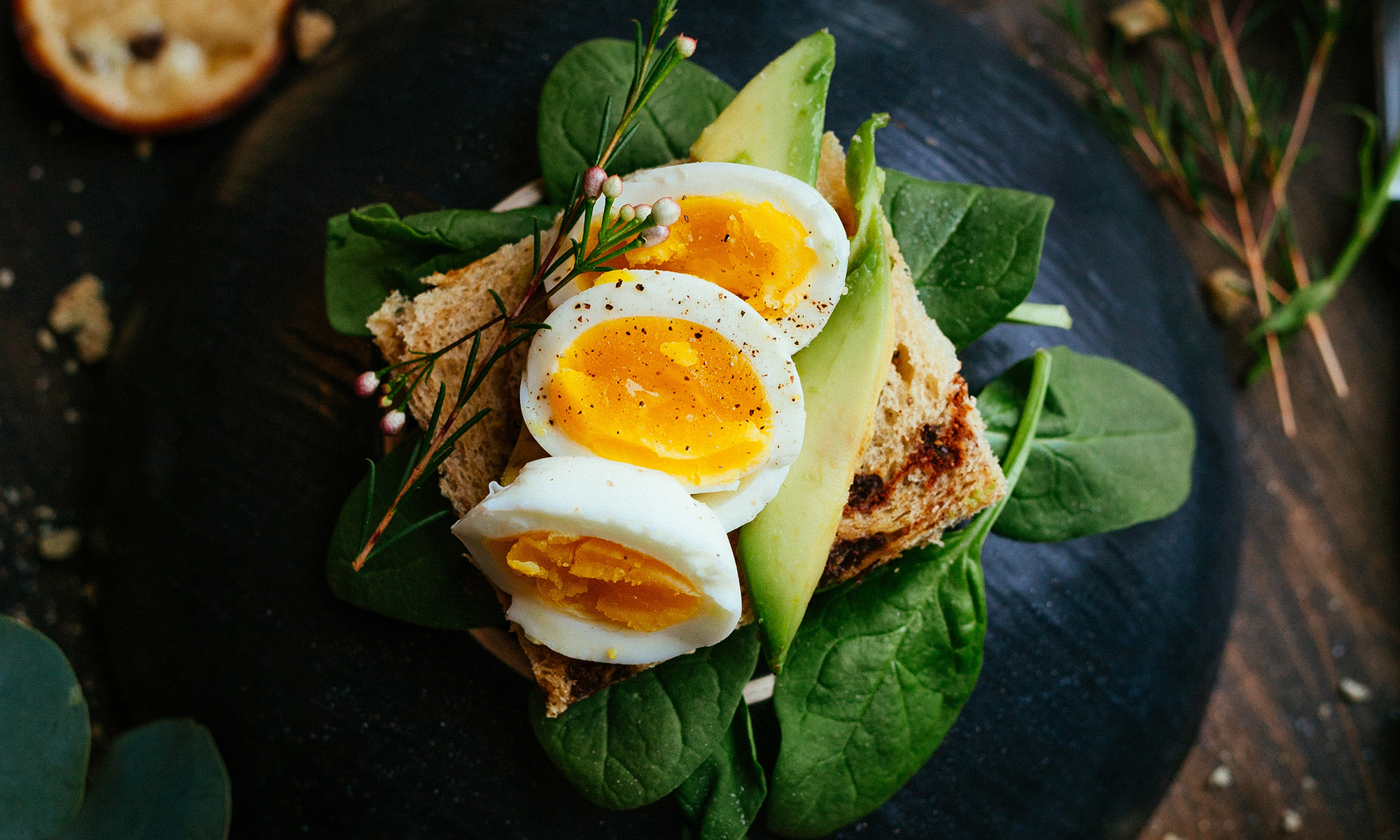Despite all the panic inspired by the TV hype of Hurricane Irene, I went about my usual routine for the most part. Since I live in the city, I know all the markets will be open come Monday morning and I can easily walk, even if I need to climb over a few tree stumps, to Whole Foods. All summer, I’ve been loading up the freezer with kale from the garden and corn from the farmers’ market. I have a hefty stash of canned tomatoes. And just last week, I bought several steaks from two different meat CSA farms that I’m thinking of joining. Along with a well-stocked liquor cabinet, I could easily survive a week.
The one preparatory step I took was to harvest as much as I could from the garden. The only plant I’m really concerned about is the tomato – the harsh weather could bring an untimely end to the growing season. The rest of the veggies will be okay. But knowing that I won’t want to venture outside in the sheeting rain, I picked plenty of eggplant, broccoli, kale and herbs so that I could cook up a storm while I waited out Hurricane Irene.
Taking a Japanese theme, I cooked up variations Nasu Dengaku (miso rubbed eggplant) and Gomae Spinach (chilled spinach salad with sesame dressing). I topped the eggplant with spicy scallops, and used kale instead of spinach. The recipe for the sesame dressing on the kale can be found here.
Eggplant with Miso and Spicy Scallops
Adapted mostly from The Farmer’s Kitchen with the additional inspiration from Nobu .
Eggplant from my garden has no bitterness. The step of salting keeps the eggplant from absorbing oil when being fried.
2 eggplants
½ cup miso
¼ cup sugar
¼ cup mirin
¼ cup sake or dry sherry
½ cup mayonnaise
1 tbs. lan chi chili paste
½ pound dry sea scallops
½ cup oil
Salt
Scallions to garnish
1. Cut eggplants in half lengthwise. Generously sprinkle salt on the cut side and let sit for 20 minutes.
2. Make the miso sauce: combine the miso, sugar, mirin and sake in a small sauce pot. Cook over low heat until well combined and the sugar is dissolved.
3. Brush the excess salt off the eggplant. Heat a large skillet over high heat. Add the oil. Cook the eggplant, cut side down, for 5 minutes or until deeply golden brown. Turn the eggplant over and cook for one minute more. Remove from pan, at put on a cookie sheet, cut side up.
4. Mix the mayonnaise with chili paste. Cut the scallops into chunks. Toss the scallops with the spicy mayonaise. Top the eggplant with the scallop mix.
5. Broil the eggplant for 5 minutes or until mayo starts to glaze. Remove from oven and drizzle miso on top. Continue to broil for another few minutes before serving. Garnish with scallions.
From the garden: eggplant, kale, scallions, garlic
From the Farmers' Market/Freezer: scallops
From the pantry: everything else.
